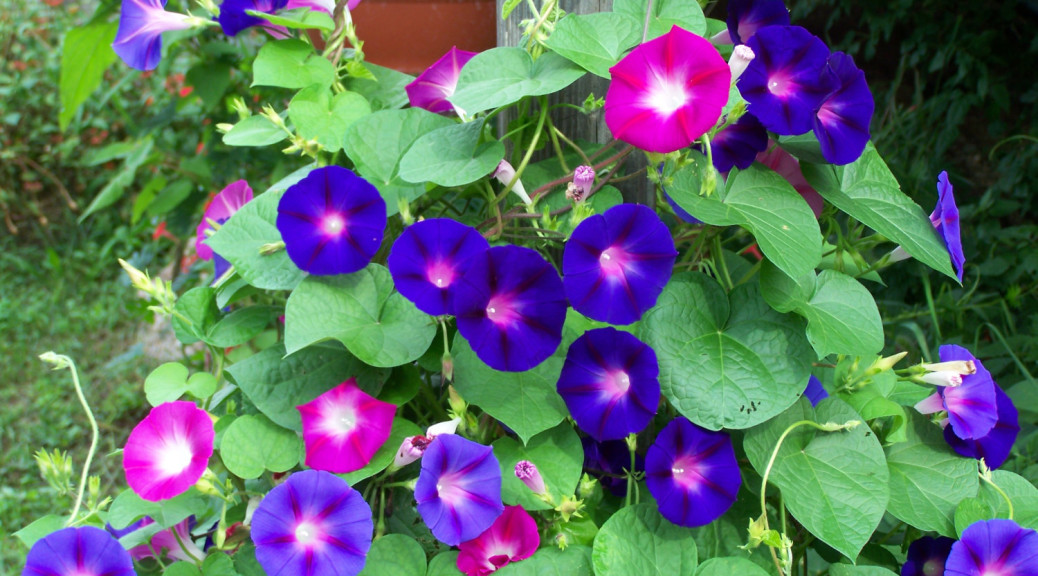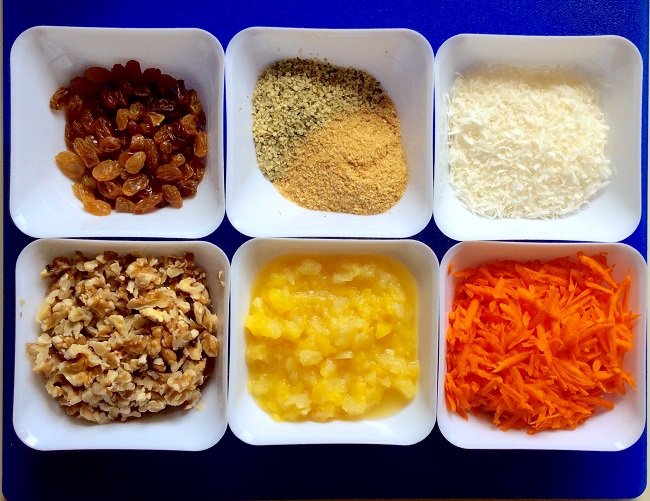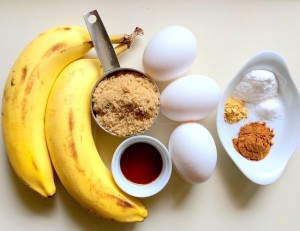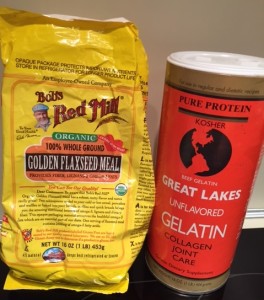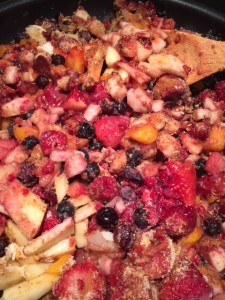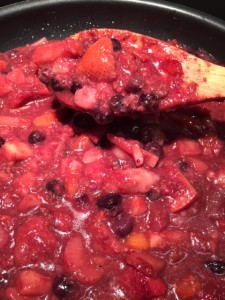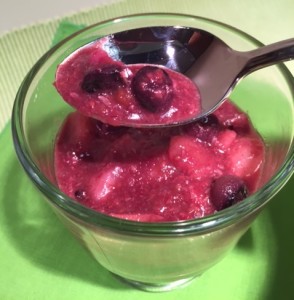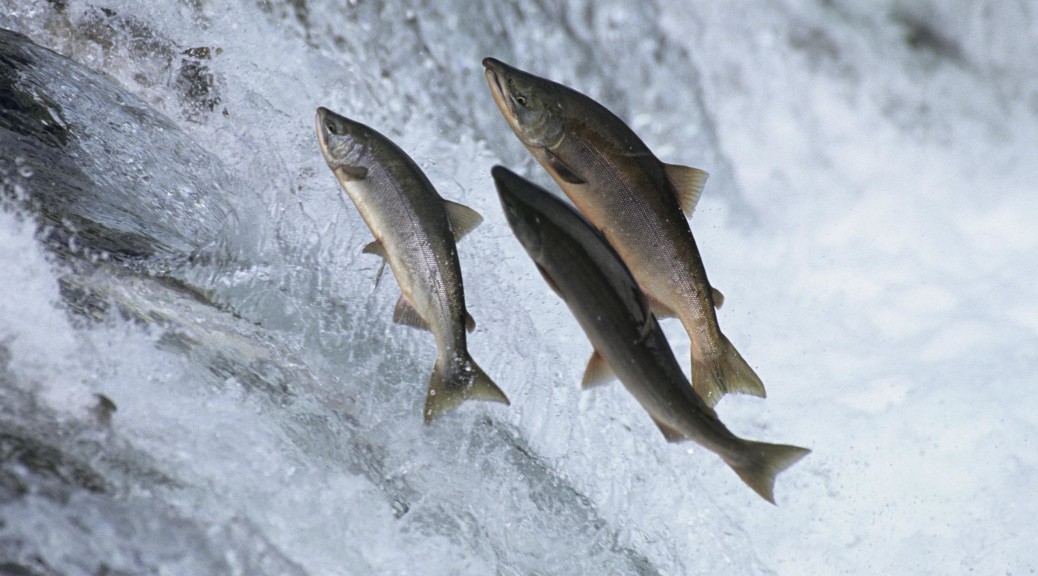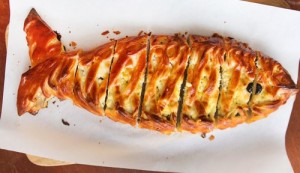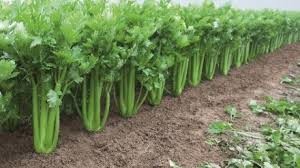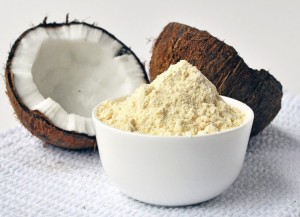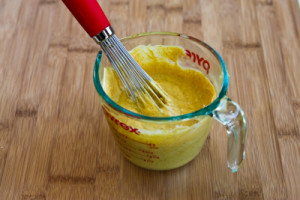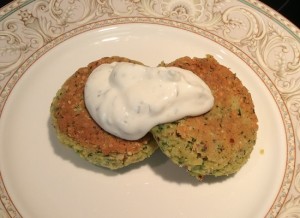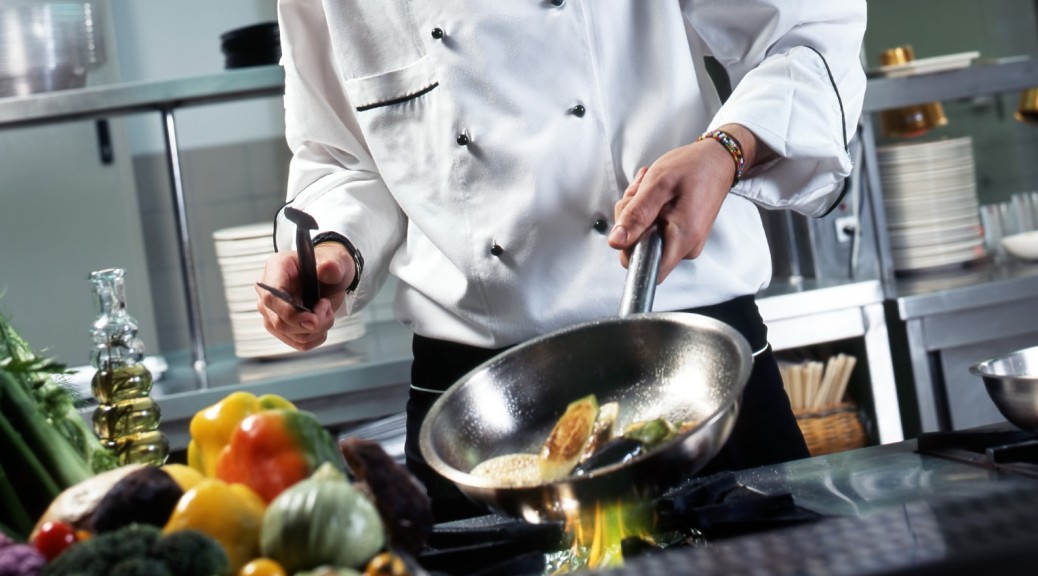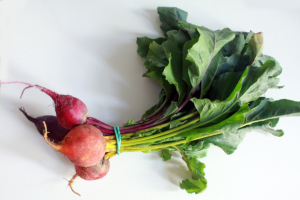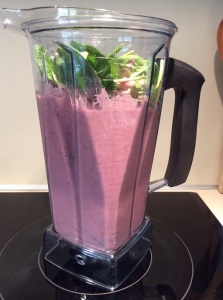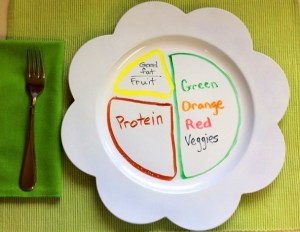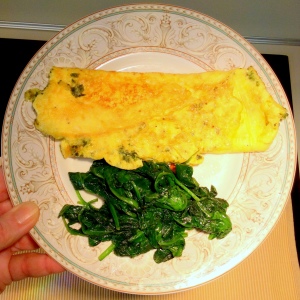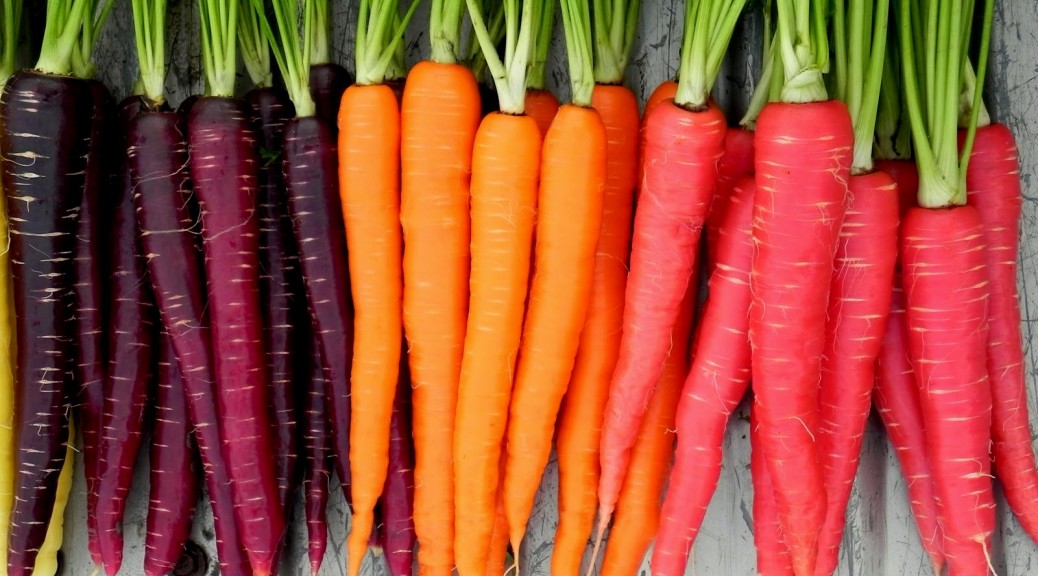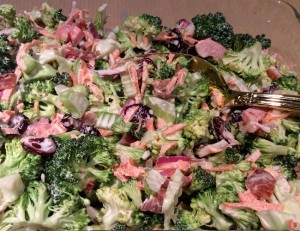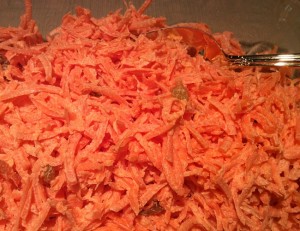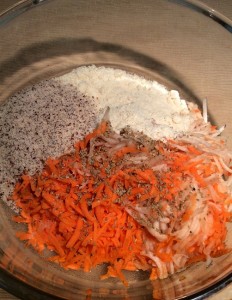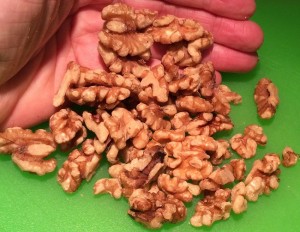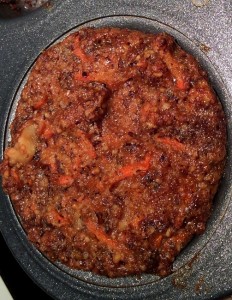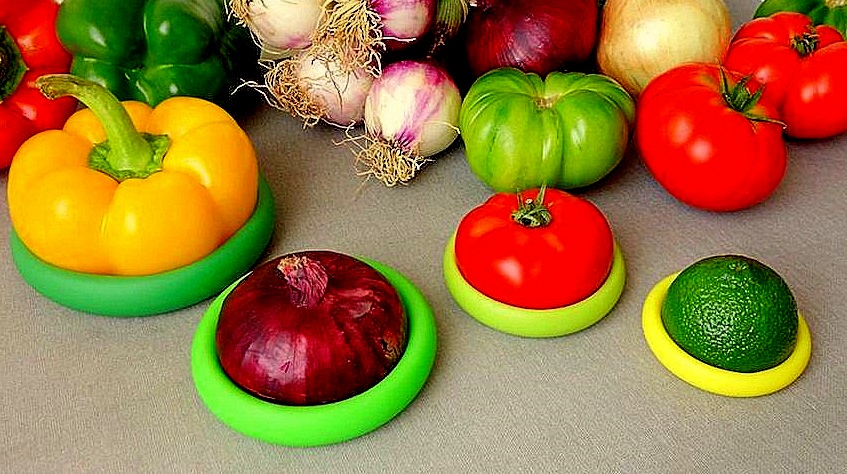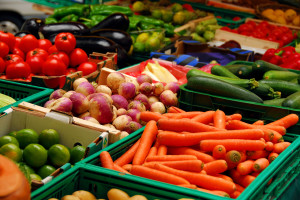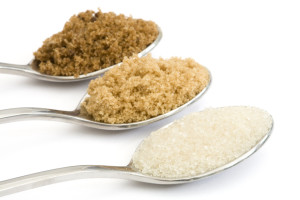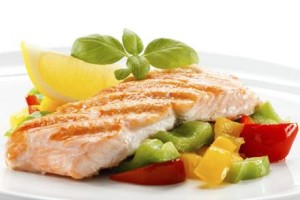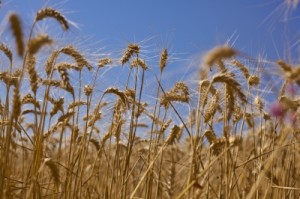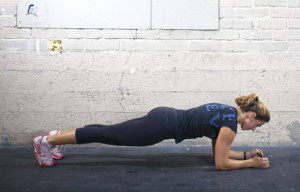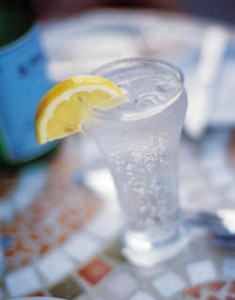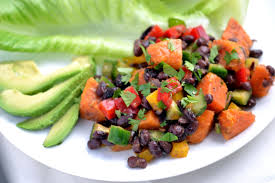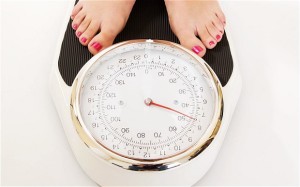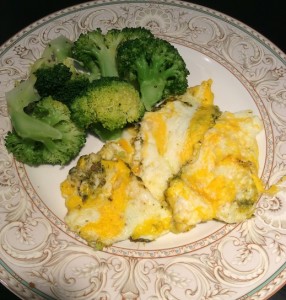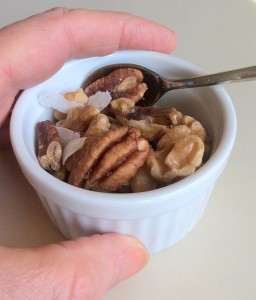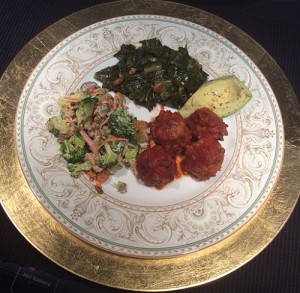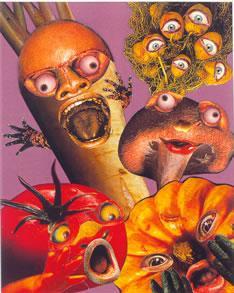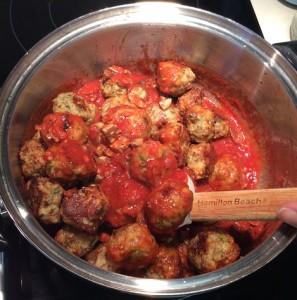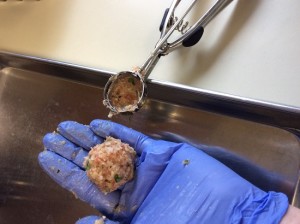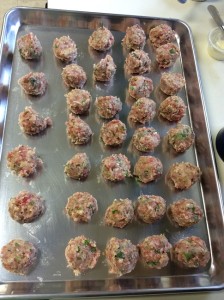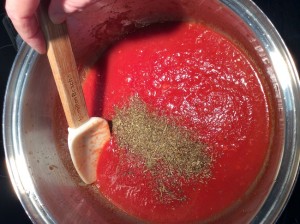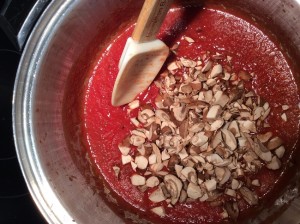March on Morning Glory Power Muffins
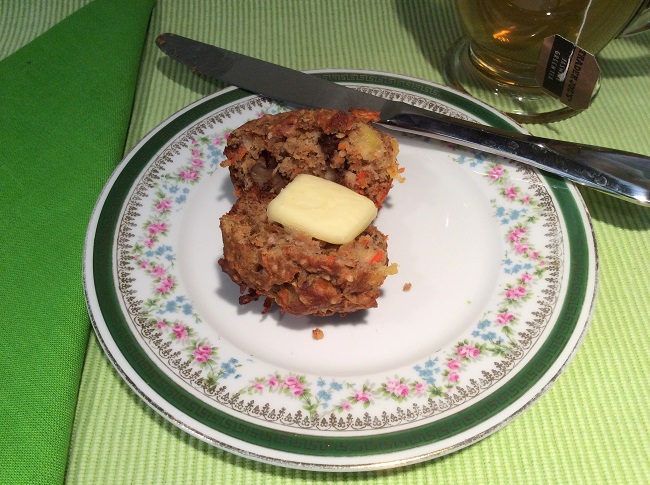
Sometimes you just really want a muffin! I know that often, muffins are just glorified little cakes full of unnecessary carbohydrates. Popping on the label saying they are gluten-free is NOT necessarily a pathway to improved health. There is so much around these days with the label “gluten-free,” and once again, the advertisers are wooing us with products still replete with chemicals, highly refined oils, starch, and sugar!
So, I was determined to make a nutritionally dense muffin that would satisfy and be truly delicious.
I did it!
These Morning Glory Power Muffins have received rave reviews, and it is my pleasure to share this recipe with you today!
Morning Glory Power Muffins
Yield- 20 muffins
Preheat oven to 350
½ cup golden raisins
4 Tbs. hemp seed hearts
3 Tbs. ground golden flax seed meal
¾ cup unsweetened coconut flakes
1 cup grated carrots
1 cup crushed pineapple no sugar added
1 cup chopped walnuts*
2 medium-sized ripe bananas, mashed
1/3 cup brown sugar
1 ½ tsp. vanilla
3 eggs
1 tsp. cinnamon
¼ tsp. ground ginger
¼ tsp. kosher salt
1 ½ tsp. baking soda
1 cup gluten-free flour
½ tsp. xanthan gum
¼ cup coconut flour
1/3 cup coconut oil, melted
Method:
In a large mixing bowl and using an electric mixer, beat the eggs until creamy yellow; add the banana, vanilla, brown sugar,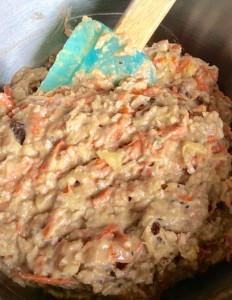 cinnamon, ginger, salt, and baking soda, beating until well-combined. Add the melted coconut oil and mix well. Add the flours and the xanthan gum, beating to combine.
cinnamon, ginger, salt, and baking soda, beating until well-combined. Add the melted coconut oil and mix well. Add the flours and the xanthan gum, beating to combine.
Then, using a wooden spoon or spatula, stir in the raisins, hemp and flax seed, coconut, carrot, pineapple, and w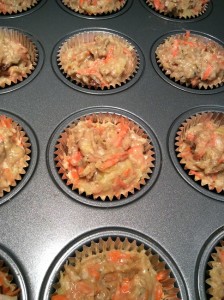 alnuts. Make sure to mix all ingredients well.
alnuts. Make sure to mix all ingredients well.
Fill muffin tin lined with baking cups about 3/4 full.
Bake in pre-heated 350 degree oven for 28 minutes or until a toothpick comes out clean after being inserted.
*Prior to using, soak walnuts at least 4-6 hours in enough water to cover and 1 tsp. sea salt. Rinse soaked nuts very well, blot dry on a towel, and dehydrate in oven or dehydrator. This process activates the nuts, makes them more 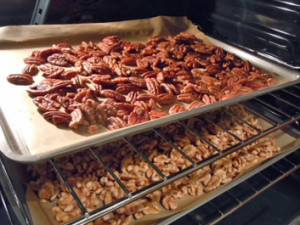 digestible, and increases their crisp tastiness. While I do own a dehydrator, this was the first time I used my oven for nut dehydration, and I was totally satisfied with the results. After using the oven for another purpose, I spread these walnuts out on a large rimmed metal pan and put them in the pre-warmed oven (350) which I then turned off. After a few hours, I stirred the nuts around, closed the door and warmed the oven up to about 200 degrees; the
digestible, and increases their crisp tastiness. While I do own a dehydrator, this was the first time I used my oven for nut dehydration, and I was totally satisfied with the results. After using the oven for another purpose, I spread these walnuts out on a large rimmed metal pan and put them in the pre-warmed oven (350) which I then turned off. After a few hours, I stirred the nuts around, closed the door and warmed the oven up to about 200 degrees; the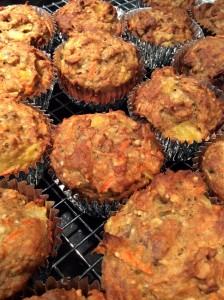 n I turned it off, and let them dehydrate some more. This was done before going to bed. By morning, they were crisp. Once you have tasted activated nuts, you will never want to eat plain raw ones again!
n I turned it off, and let them dehydrate some more. This was done before going to bed. By morning, they were crisp. Once you have tasted activated nuts, you will never want to eat plain raw ones again!
I hope you agree that these are the “Best Ever Morning Glories”! Their power comes from the hemp, flax, and walnuts which give great forms of “good fat” as in Omega 3 fatty acids, and in protein! Certainly, the other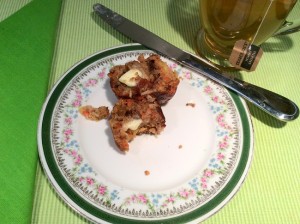 ingredients aren’t too shabby, either!
ingredients aren’t too shabby, either!
News Flash!
Deidre has been a little absent from this blog because there is so much good stuff going on!
Sorry for my absence here, but I have been preparing for the next cycle of the Designed for Health Classes, AND I have been working on my book in which I am putting all of this wellness thinking into one work! Plus, I have been doing so much research into habits are born, and how to develop our daily energies into something more powerful than we could ever imagine!
Designed for Health, Series 2 classes will be held at First Baptist Church, New Bern, North Carolina. They will be held in Building A for six weeks on Wednesday nights from 6-7 pm. If you are not a member of First Baptist Church, that’s fine, just email me at foodtalk4you@gmail.com to let me know you want to attend. I want to make sure we have a room big enough for everyone, so a head count is always good to have in advance. This series is free to all.
If you are interested in a class closer to where you live, or your organization would like me to speak with them, please contact me at the same email address to schedule a class or single presentation.

